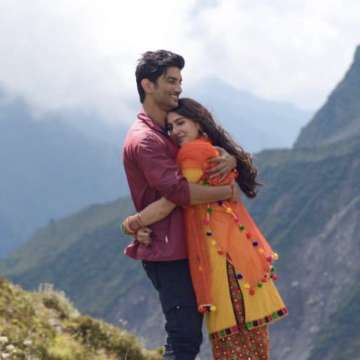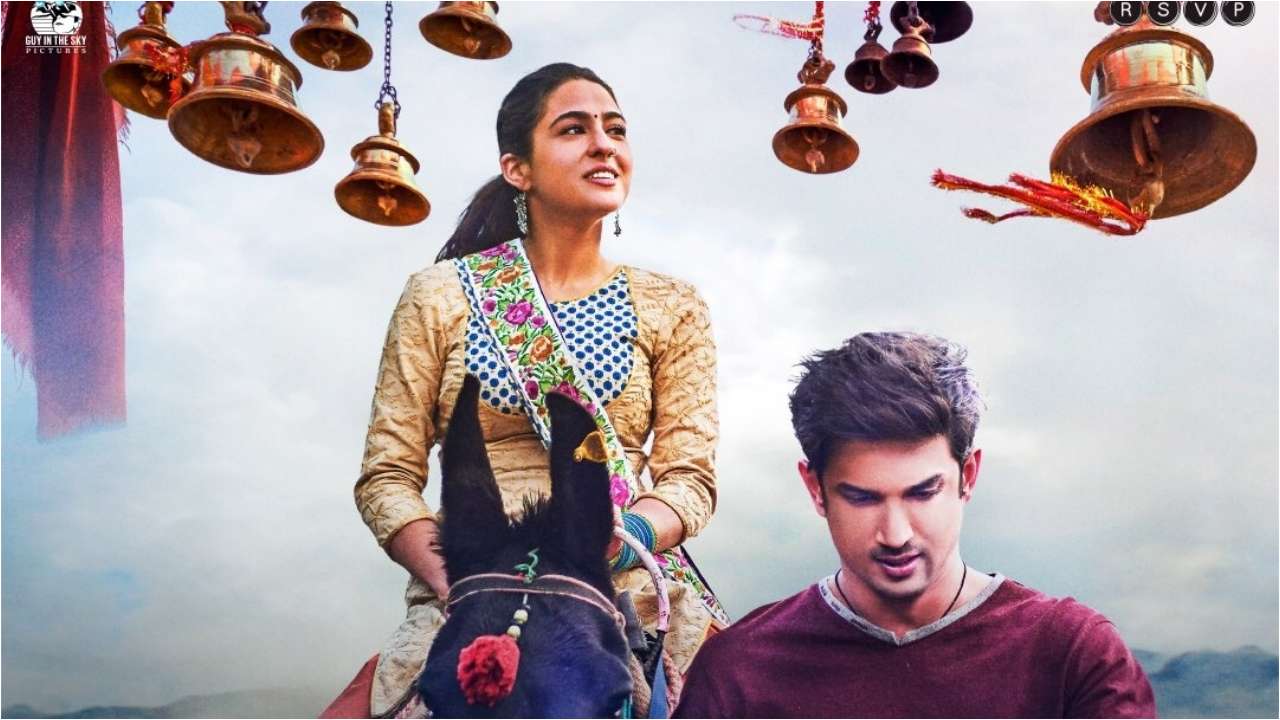

Following strong love songs like Pal from Jalebi, Ahista from Laila Majnu and even Chogada from Loveyatri, Amit Trivedi has a very tough job on his hands here. If you’re the sort of person who feels that more attention should be paid in films to devotion and religion, this is a great song but for most people it has an unchanging beat, no real rhythm and certainly doesn’t try to be different from any number of ‘bhakti geet’ that can be bought everywhere. The codas and bridges give the listener breaks using flute and acoustic guitar, but they are used best in the opening as a backdrop to the religious bells that are often used in ceremonies and festivals. Amit Trivedi is solo on the mic for this one, singing with all heart backed predominantly by a chorus line and tabla. A devotional song for lord Shiva, it takes all his most popular names so that the song will ring true to those in multiple languages and of multiple faiths. No surprises then to open the album with Namo Namo. Amit Trivedi gives the songs for this epic story of struggle with Hitesh Sonik providing background scores for Mansoor and Mukku to find each other, fall in love and be tested by one of the greatest forces on earth. In Kedarnath, a new film by Abhisekh Kapoor presented by Ronnie Screwvala, we see Shiva’s power at work in a story of love whose backdrop is the horrific events of the 2013 Uttarakhand floods which devastated Kedarnath the town. Brahma gives us the world, Vishnu shows us the right way to live in it, sometimes coming down as an avatar to lead by example but Shiva is most famous for performing song and dance that truly shake the world. I’m going with two-and-a-half out of five.Hindus are born into a culture filled with the Trimurti… the lord of creation Brahma, the lord of preservation Vishnu and the lord of destruction Shiva. The imagery is overwhelming, even if the writing feels laboured. Kedarnath ultimately falls short of living up to its promise, but I was happy to visit its world. The awe, shock, horror, and heartbreak are well earned. It’s in these final 20 minutes or so that the film genuinely makes you ‘feel’. The effects are serviceable, but the emotions run high. Visuals of homes being washed away and families being ripped apart are especially chilling because you know this actually happened. The filmmakers recreate some of those images to good effect. Horrific images of three and four-storey buildings coming down like a pack of cards as the ground gives way to the strong currents are still fresh in most of our minds when someone mentions the events of 2013. Or specifically, with the cloudburst, the floods, and the landslides. Kedarnath hits its stride when the metaphoric iceberg strikes. But it’s such a one-note character, there’s not a lot he can do with it. Sushant Singh Rajput invests Mansoor with an honest-to-goodness sincerity, playing him as something of a male Pollyanna for the most part. The girl she plays however is hard to read, and that might have something to do with the clunky, inconsistent writing. Sara Ali Khan, who frequently comes off as a spitting image of her mother, actress Amrita Singh, is especially confident for a debutant, and imbues the character with a feisty, rebellious heart. Sara and Sushant have a delicate chemistry, and yet there’s little heft to their romance. There are token noises made about what rampant commercialisation and expansion can cost the environment, but like most plot points in this film they go nowhere. This track is especially regressive, given the dynamic between her fiancé and her older sibling. This isn’t just a matter of she’s-Hindu-he’s-Muslim, there’s also a villain in the form of the fiancé whom she’s been promised to by her unsympathetic dad. Their romance builds slowly and nicely, but the conflict comes off as trite. He cheerfully carries on the family tradition of ferrying devotees up to the temple on his trusted mule, or frequently on his own back. Mansoor is Muslim by religion, but the holy town of Kedarnath is in his blood. Trouble is inevitable when Mukku (Sara Ali Khan), the daughter of a Hindu priest, and Mansoor, a porter, fall in love.

These details are special, chiefly because the plot is so run-of-the-mill. The camera pans and swivels to give us a real sense of the location: the steep route to the shrine, the raging Mandakini river, the bustle of locals and small businesses for the convenience of an unending stream of devotees.


Kapoor and cinematographer Tushar Kanti Ray transport us to the pilgrimage town located in the cradle of the majestic Himalayan range.


 0 kommentar(er)
0 kommentar(er)
